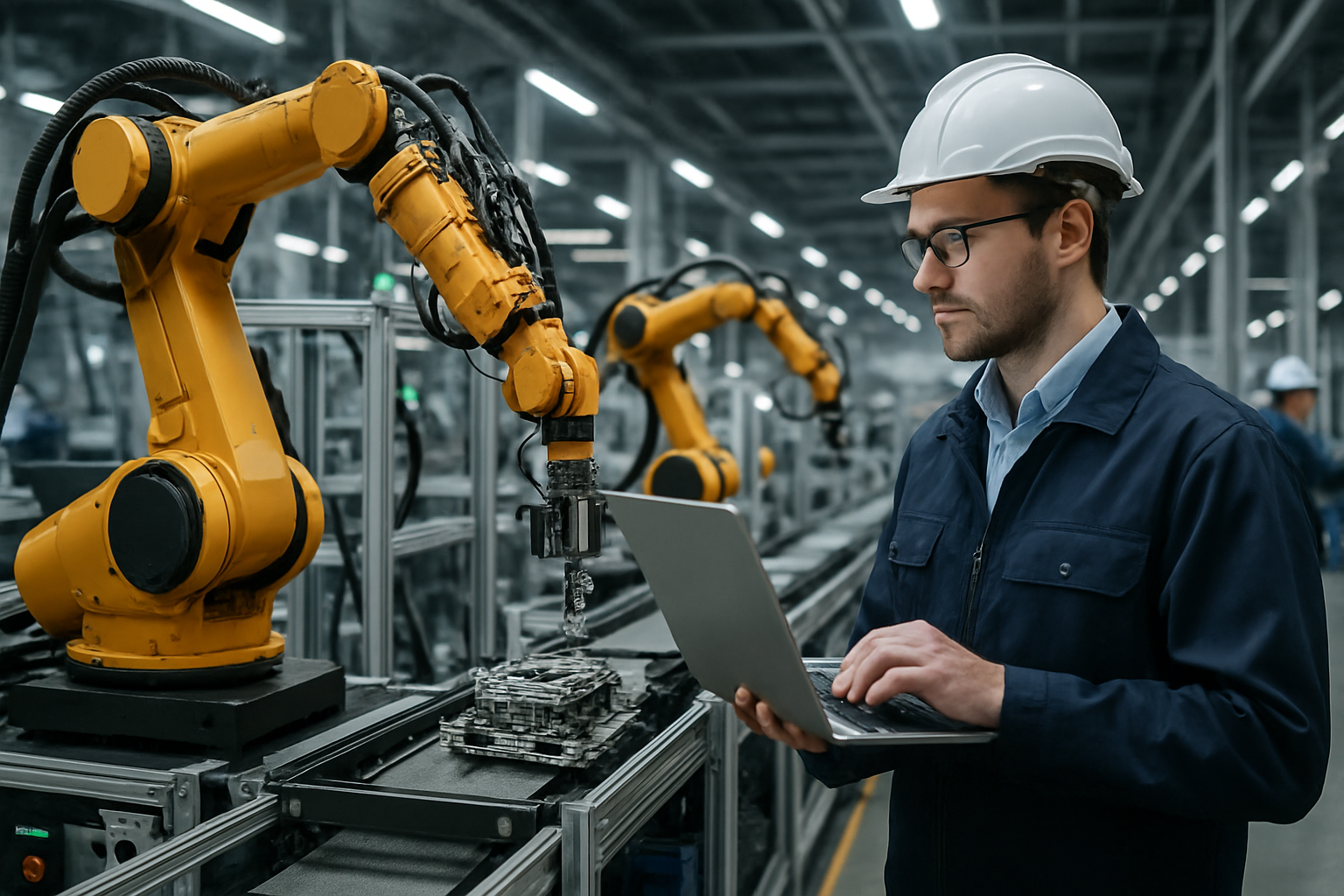Modular Production Systems: Revolutionizing Manufacturing Flexibility
In today's dynamic industrial landscape, adaptability is key to success. Modular production systems are emerging as a game-changing approach, offering unprecedented flexibility and efficiency in manufacturing processes. This innovative methodology is reshaping how companies design, implement, and scale their production capabilities, enabling rapid responses to market demands and technological advancements.

The Evolution of Modular Manufacturing
Modular production systems trace their roots back to the mid-20th century, with early concepts emerging in the automotive industry. However, it wasn’t until recent decades that technological advancements and changing market dynamics truly catalyzed their widespread adoption. The need for greater flexibility in manufacturing, driven by increasing product variety and shorter product lifecycles, has propelled modular systems to the forefront of industrial innovation.
Initially, modular approaches were limited to simple plug-and-play components. Today, they encompass entire production cells, complete with robotics, sensors, and advanced control systems. This evolution has been fueled by advancements in automation, data analytics, and interconnected systems, allowing for seamless integration and real-time optimization of modular units.
Key Components of Modular Production Systems
At the heart of modular production systems are standardized, self-contained units that can be easily reconfigured or replaced. These modules typically include:
-
Process Modules: Containing specific manufacturing processes or operations.
-
Material Handling Modules: Responsible for moving materials and products between process modules.
-
Control Modules: Housing the software and hardware for process control and data management.
-
Utility Modules: Providing necessary utilities such as power, compressed air, and cooling.
-
Interface Modules: Enabling communication and integration between different modules and external systems.
Each module is designed with standardized interfaces, allowing for quick connections and disconnections. This modularity extends beyond hardware to include software components, enabling rapid updates and modifications to production logic and control systems.
Benefits and Challenges of Implementation
The adoption of modular production systems offers numerous advantages to manufacturers:
-
Flexibility: Rapid reconfiguration of production lines to accommodate new products or processes.
-
Scalability: Easy expansion or contraction of production capacity based on demand.
-
Reduced Downtime: Quick replacement of faulty modules without disrupting the entire production line.
-
Easier Maintenance: Simplified troubleshooting and maintenance procedures.
-
Cost-Effectiveness: Reusability of modules across different production setups, reducing capital expenditure.
However, implementing modular systems also presents challenges:
-
Initial Investment: Higher upfront costs compared to traditional production systems.
-
Standardization: Establishing common interfaces and protocols across different modules and suppliers.
-
Complexity: Managing the increased complexity of modular systems, particularly in terms of control and integration.
-
Workforce Adaptation: Training personnel to work with and maintain modular systems effectively.
Industry Applications and Case Studies
Modular production systems have found applications across various industries, each adapting the concept to its unique requirements:
-
Automotive: Major car manufacturers are using modular assembly lines to produce multiple vehicle models on the same line, significantly reducing retooling time and costs.
-
Electronics: Consumer electronics companies are leveraging modular systems to rapidly introduce new product variants and manage seasonal demand fluctuations.
-
Pharmaceuticals: Modular cleanroom systems are enabling pharmaceutical companies to quickly set up or modify production facilities for different drugs or medical devices.
-
Food and Beverage: Modular processing units are allowing food manufacturers to easily switch between different product lines and adapt to changing consumer preferences.
-
Aerospace: Aircraft manufacturers are using modular assembly stations to manage the complexity of aircraft production and accommodate customizations more efficiently.
Future Trends and Innovations
The future of modular production systems looks promising, with several emerging trends set to further enhance their capabilities:
-
AI-Driven Optimization: Artificial intelligence algorithms will enable real-time optimization of module configurations and production flows.
-
Enhanced Connectivity: Improved IoT integration will facilitate seamless communication between modules and external systems, enhancing overall system intelligence.
-
Advanced Materials: Development of new materials will lead to lighter, more durable, and more versatile modules.
-
Virtual Commissioning: Use of digital twins and virtual reality for testing and optimizing modular setups before physical implementation.
-
Sustainable Modules: Incorporation of energy-efficient and environmentally friendly technologies within modular units.
Practical Insights for Implementing Modular Production Systems
• Start small: Begin with a pilot project to test and refine your modular approach before scaling up.
• Standardize interfaces: Develop clear standards for module interfaces to ensure compatibility and ease of integration.
• Invest in training: Equip your workforce with the skills needed to operate and maintain modular systems effectively.
• Collaborate with suppliers: Work closely with equipment suppliers to develop modules that meet your specific needs.
• Plan for scalability: Design your initial modular system with future expansion in mind.
• Implement robust data management: Ensure your system can collect and analyze data from all modules for continuous improvement.
• Consider lifecycle costs: Evaluate the total cost of ownership, including maintenance and upgrades, when investing in modular systems.
In conclusion, modular production systems represent a significant leap forward in manufacturing flexibility and efficiency. By embracing this innovative approach, companies can position themselves to thrive in an increasingly dynamic and competitive industrial landscape. As technology continues to evolve, the potential for modular systems to revolutionize manufacturing processes will only grow, offering exciting opportunities for businesses willing to invest in this transformative methodology.





